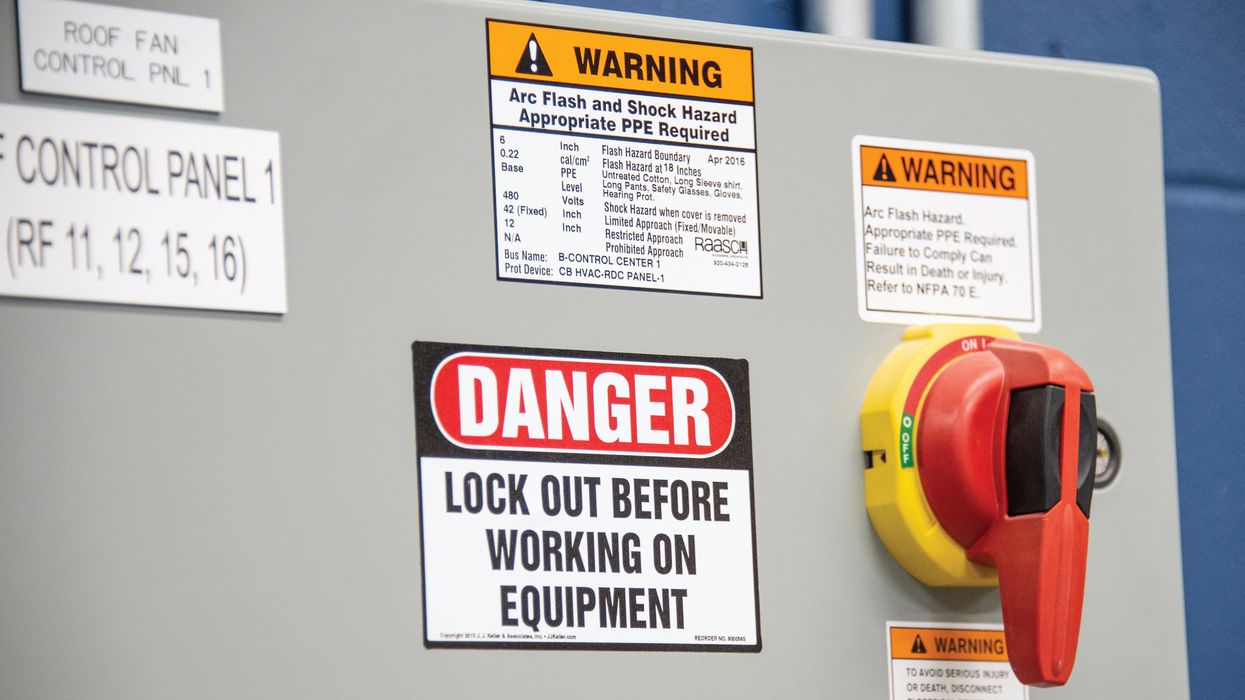Create a culture of feedback to help employees succeed
“If we help managers succeed, they help employees succeed.”
Those words summarize an educational session on how to optimize feedback, presented by Dr. Wade Larson, President of Optimal Talent Dynamics, at the 2024 Society for Human Resource Management (SHRM) annual conference.
In a session, titled “They Can’t Fix What They Don’t Know,” Larson cited Gallup statistics that:
- 47 percent of employees receive manager feedback “a few times a year” or less,
- 26 percent of employees strongly agree that the feedback they receive helps them work better, and
- 34 percent of employees strongly agree that their manager even knows what they are working on.
These numbers show that fewer than half of employees receive any feedback and only half of them find the feedback they do get to be helpful.
The consequence of that lack of feedback, Larson said, is turnover, due to:
- Lack of appreciation and recognition
- Poor management communication
- Low employee engagement
- Lack of career development
- Conflict in the workplace
Why managers avoid giving feedback
Larson said those workplace problems can be overcome by creating a culture of feedback, but managers often avoid giving feedback because they:
- Fear creating conflict,
- Don’t want to hurt an employee’s feelings,
- Don’t want the tables being turned so they are on the receiving end of negative feedback, or
- Don’t think they have time to give feedback.
He encouraged managers to reevaluate how they are spending their workdays and carve out time for feedback. He also suggested managers can avoid creating conflict or hurt feelings by maintaining objectivity.
If an employee wants to turn the conversation around and blame the manager, Larson suggested the manager say, “I recognize I’m not perfect. Let’s set another appointment and you can share with me all about that. But right now, we need to focus on your performance and behavior.”
Feedback is not a process, it’s a culture
“Culture begins and ends with the manager,” Larson said. “Because to your employee, the manager is the company. The manager is who they interact with. The manager is who they see all the time.”
The manager:
- Hires
- Fires
- Determines the pay increase
- Interprets policies
- Holds (or doesn’t hold) employees accountable
Larson said a CEO can introduce a brand-new initiative, or HR can launch a new program, and the biggest cause for success or failure is the manager. That’s because as soon as it is announced, employees are going to look to the manager and ask, “What do you think?”
“If the manager says, ‘Pfffft,’ that just discredits everything, and if the manager doesn’t hold the employees accountable to it, the initiative is dead,” Larson explained. “But, if the manager is on board, and the manager is excited, and the manager holds them accountable, and they do it themselves, that is 100 percent commitment. And that’s where the culture is.”
Managers create culture
The manager is responsible for creating the culture with their own team. And they do that from shifting from boss to coach.
Larson shared four critical and helpful feedback conversations a manager must learn to have with employees to build a culture of feedback.
- Role and relationship. This conversation is the time to ask the employee, “What do you want? What are your goals? What is your purpose and your passion?” Do this once a year at a minimum. This isn’t a short conversation; this is like an hour or two.
- Check in. This conversation could be daily or weekly. It’s not micromanaging. It’s just checking in to say, “How are you doing? What do you need help with? What resources do you need to succeed?”
- Developmental coaching. This is a goal-setting conversation in which the manager asks the employee, “Where do you want to go? How can I develop your talent to help you get there?”
- Progress review. Whether it’s a quarterly or yearly evaluation, the manager should use it to connect with employees and help the employees know what the next step is to get them where they need to go.
By taking these approaches, Larson said, managers create a human connection. It also creates an opportunity for engagement and gives employees the chance to provide input. That engagement helps build trust, and, Larson said, “It’s that trust that makes all the difference.”
Key to remember: Having a culture of feedback can reduce turnover, and that culture is created by managers through their ongoing coaching of team members.
































































